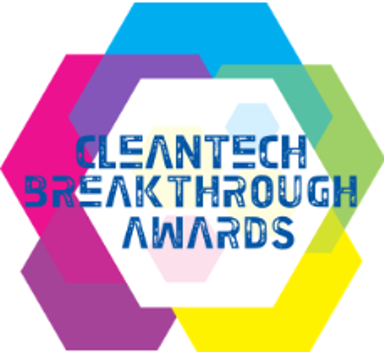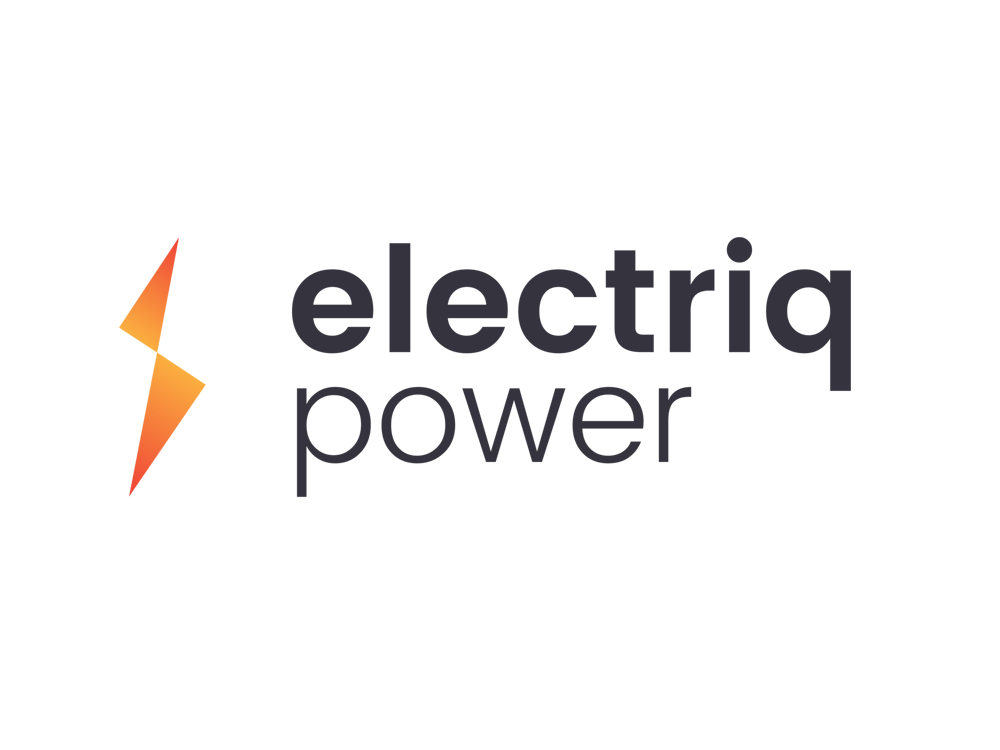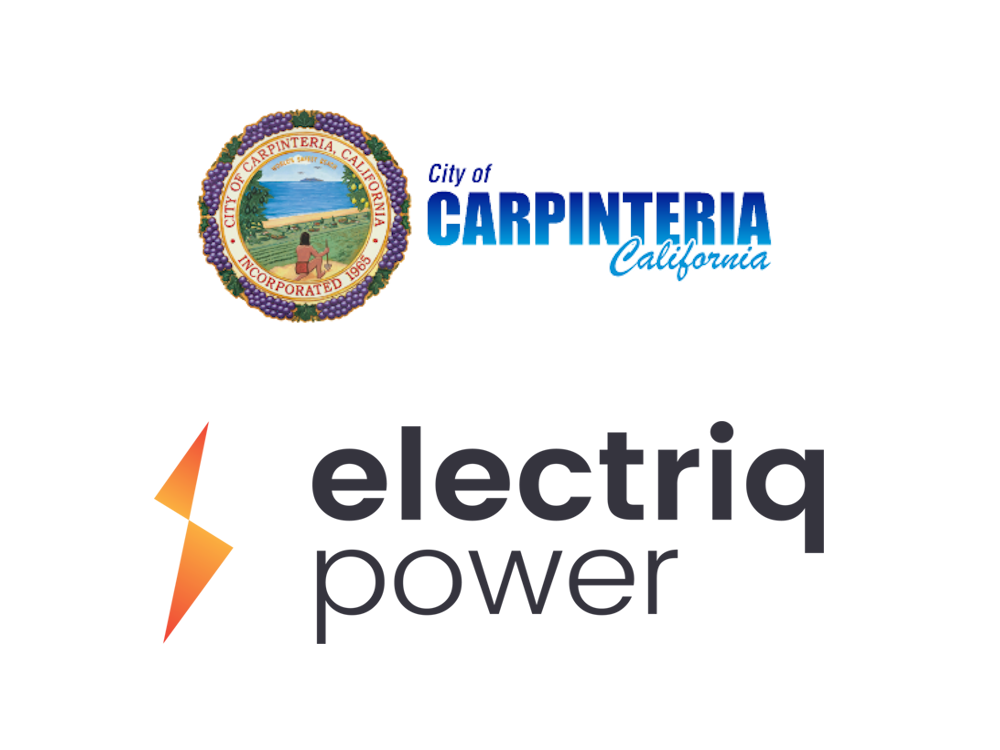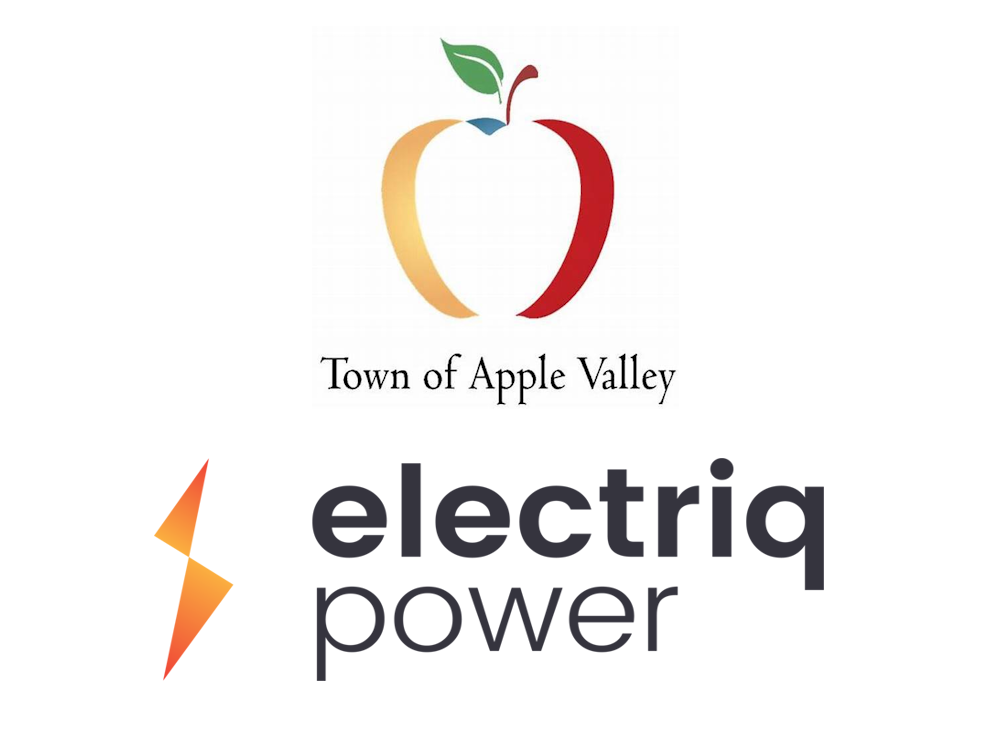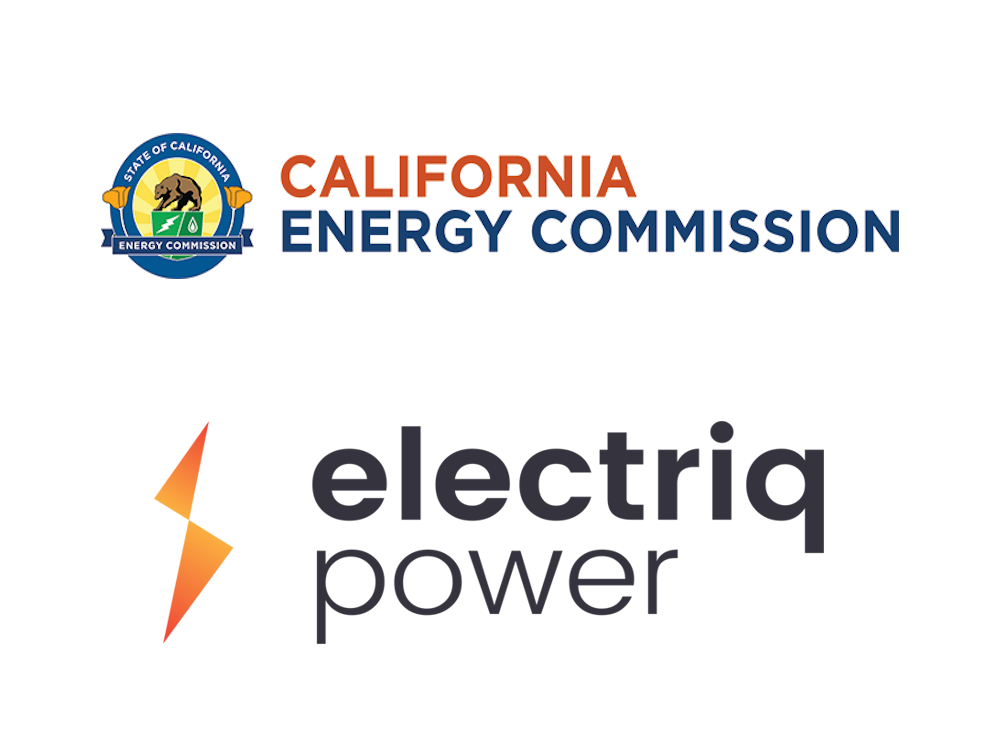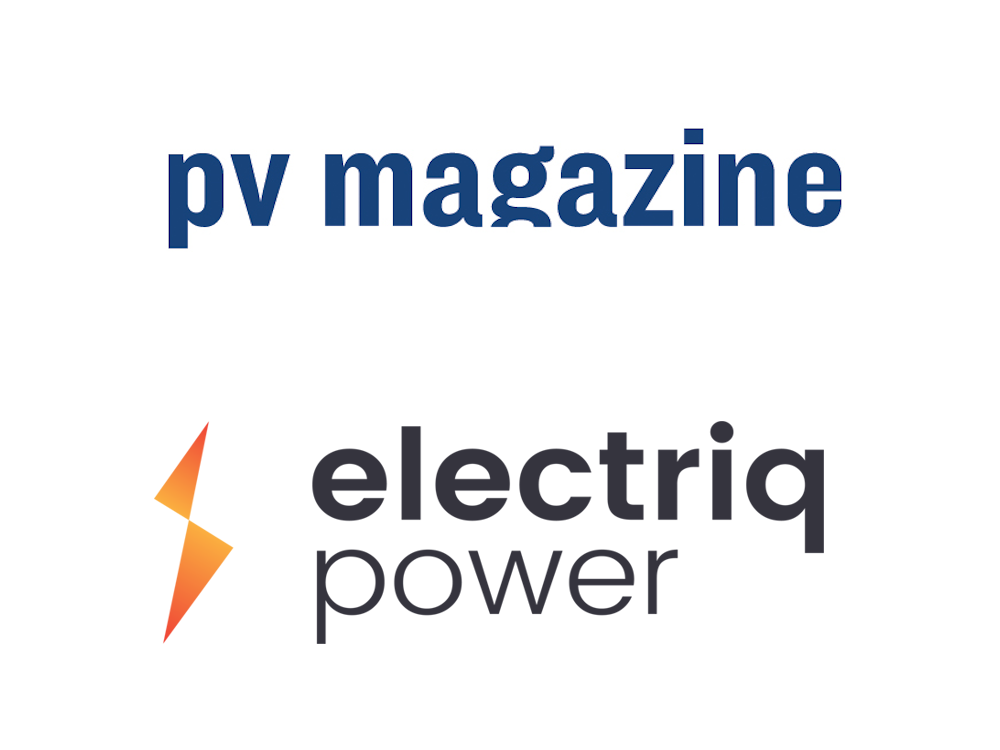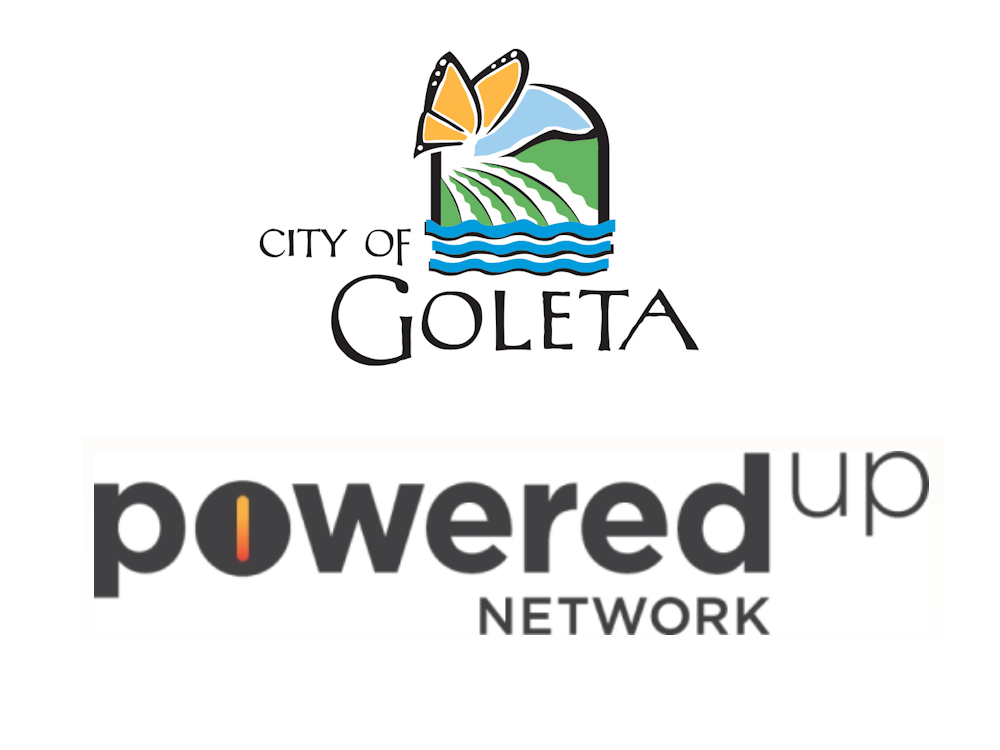What Are My Renewable Energy Options?
Published by on May 12, 2020
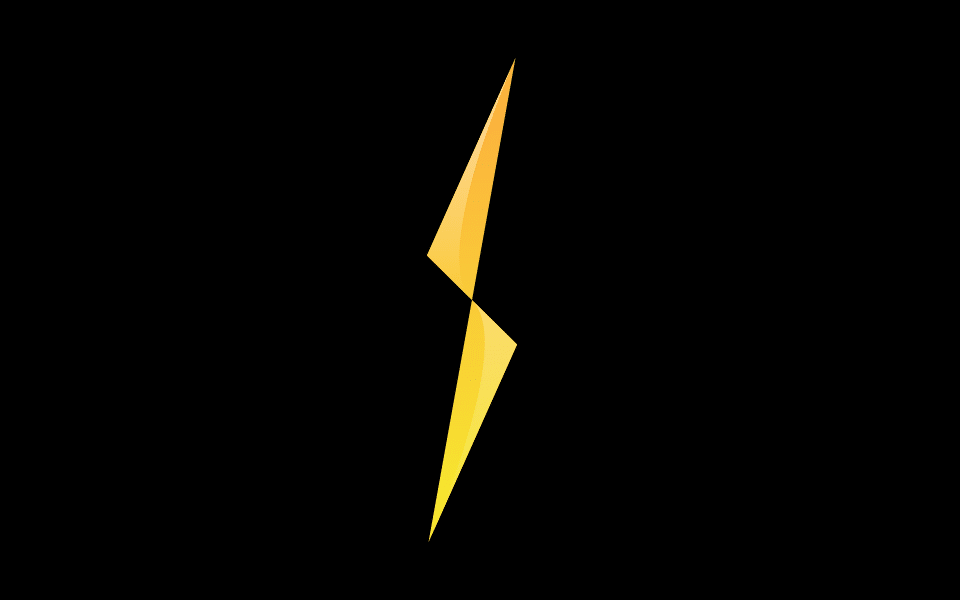
Estimated Read Time: 4 minutes
Climate change is a global issue that demands immediate attention. As we continue using fossil fuels for electricity generation and transportation, the world moves towards a 1.5°C increase in the Earth’s temperature, which could unleash terrible natural disasters. The U.S. in particular is already experiencing an increase in intense and frequent droughts, wildfires, hurricanes, and floods.
In fact, according to the Fourth National Assessment Report from the U.S. Global Change Research Program, by 2030 the dependency on fossil fuels needs to be reduced by half to prevent the more drastic consequences of climate change. In order to avoid the projected temperature increase, reliance on fossil fuels must be converted to a more sustainable source of energy by 2050.
Electricity generation is one of the sectors that contributes to CO2 emissions at a large scale, making it crucial to find a sustainable and eco-friendly source of energy to replace coal, natural gas, and oil power plants.
The purpose of a renewable energy source is to become an inexhaustible, free, and zero CO2 emissions source of energy that provides power to the commercial, residential, and industrial sectors.
Deployment of these sources of energy has already been made across the U.S. at utility scale level: biomass, wind, solar, hydro, and geothermal power plants are already part of the energy mix in the power grid.
What Choices Do You Have to Go Green?
If you are interested in saving on electricity while helping to create a more sustainable environment, then switching to a renewable energy source is a solution you should consider.
There are many options available, from selecting an integrated battery backup system such as the PowerPod to choosing another electricity retailer, let’s evaluate each one of them to better understand the available options.
Switch to a Renewable Energy Supplier
One of the simplest options is switching your consumption from a fossil electricity retailer to a renewable energy supplier.
The power grid in the U.S. is just like any other market with wholesale and spot prices that continuously change according to demand and offer. Power retailers understand the electricity market and purchase energy from a fossil fuel plant or from a renewable energy plant to supply the energy demanded by its customers.
Some retailers do not specify where they obtain their energy mix from; however, there are some that purchase electricity in the wholesale market specifically from large scale renewable energy plants (MW scale). By switching to one of these suppliers, you will likely have a reduced electricity rate while also contributing to the development of these sustainable technologies.
This is currently the only way to gain access to large scale power plants, specifically from sources of energy like hydro, biomass, and geothermal which cannot be easily distributed.
The switch is very simple, but in the case of a contingency event in the power grid, you will still be left without an energy supply.
Microgrids
Solar and wind energy are the two renewable sources that can be easily distributed in residential and commercial areas with the installation of a small solar power plant or wind turbine system that powers a microgrid. Microgrids generally involve a small or medium-sized area that can be interconnected and powered using solar panels, wind turbines, or batteries to supply homes and businesses.
These microgrids allow a combination of different sources of energy that, together with a connection to the power grid, ensure the most optimal, economic, and efficient balance between energy generation and consumption.
However, transitioning to this solution is no small task: microgrids require a large investment and an organization within the community to accept and promote the installation.
Solar Panels
The next option is dependent on your specific location, budget, and energy goals. Solar energy is the only source of power that can be easily distributed in almost every location, either by installing rooftop panels or ground-mounted PV systems.
A grid-tied configuration (solar panels and inverter only) can be used to offset your consumption from the grid during daytime hours. Electricity costs on your energy bill can be drastically reduced by installing rooftop solar panels that generate free solar energy.
Keep in mind that grid-tied configurations will not provide power during a blackout event, and any excess solar energy must be sold back to the grid at a lower electricity rate.
Solar Plus Storage – The PowerPod
The most self-sufficient, renewable, and optimized green power source available is a grid-tied with battery backup PV system like the PowerPod. The integration of solar panels with an inverter and a battery offer multiple functionalities.
Solar panels help to offset electricity consumption from the grid during daytime hours. However, unlike solar panels, the excess solar energy generated during the day will be stored inside a battery component that allows you to increase both your self-consumption and your revenue from the solar system.
In addition, your battery will have enough energy stored to power critical loads in your house during blackouts or power utility shutoffs. This will give you protection against natural disasters that can cause blackouts spanning for several days, lessening the impact on your food, supplies, and comfort during the absence of electricity.Keep in mind that not all battery storage systems offer the same features. The PowerPod provides the most comprehensive solution to optimize your self-consumption and conserve your energy. PowerPod owners can reap the benefits of its customizability by selecting charge and discharge times according to varying electricity rates. Plus, with the PowerPod you can rest assured that during blackouts, your system will continue to work independently.



